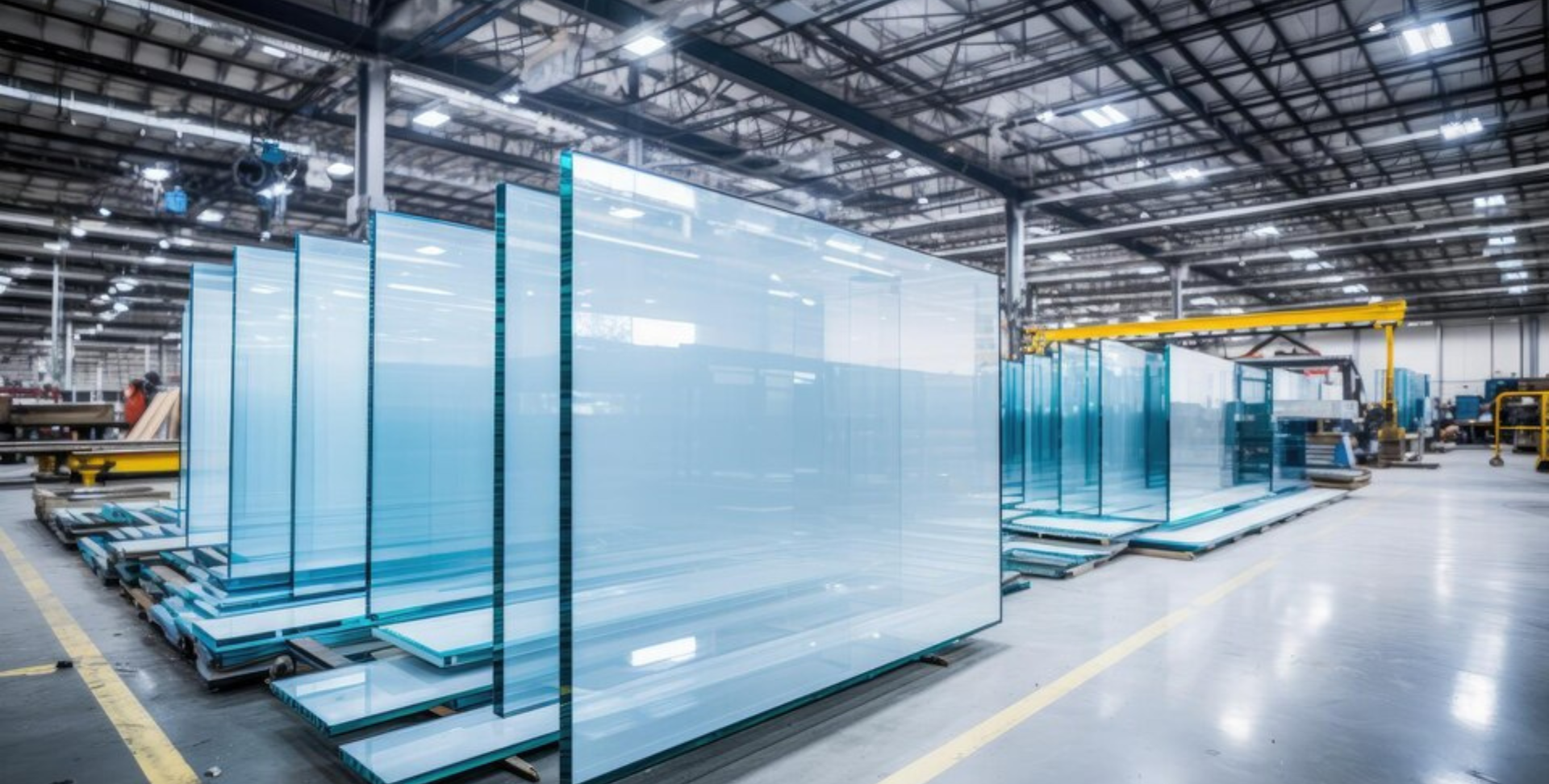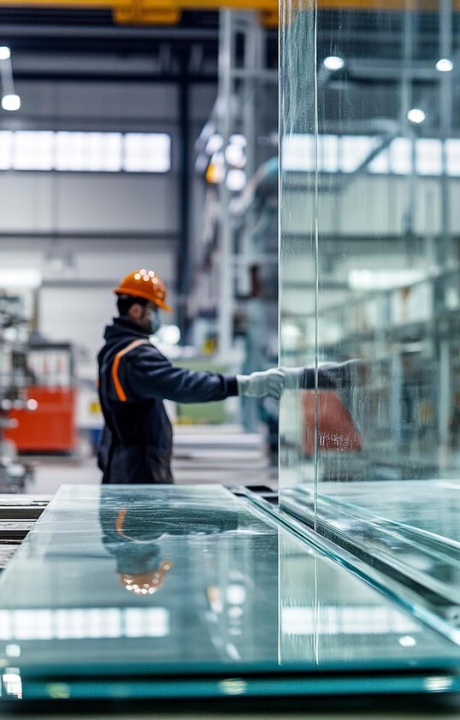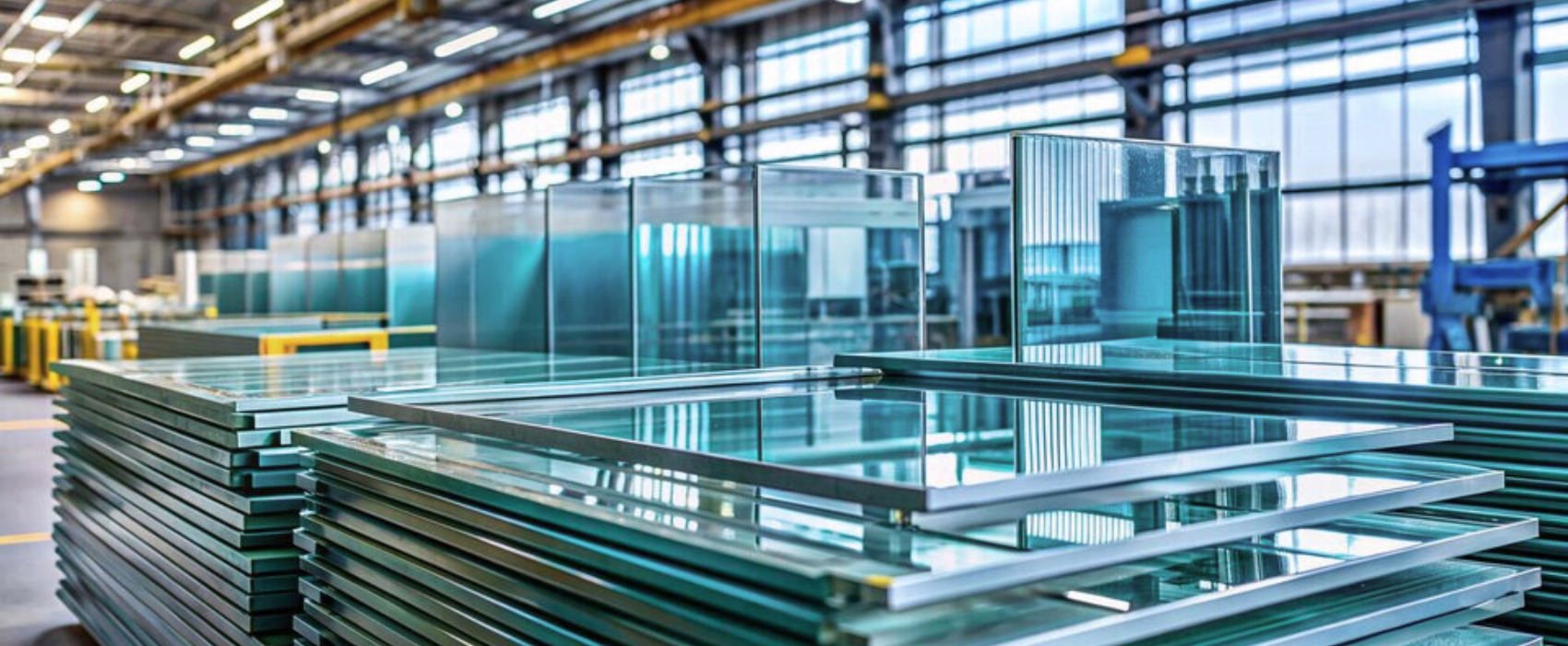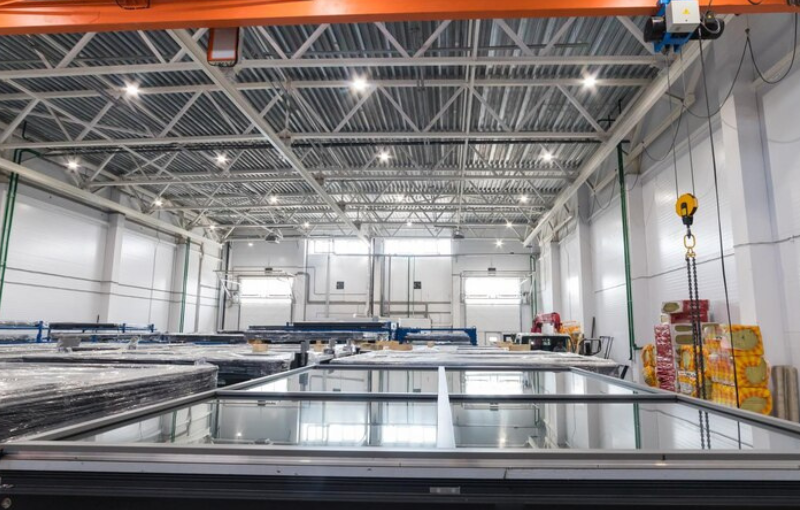Modern architecture has embraced glass as more than just a transparent barrier. It has become a defining element that shapes our experience of built environments.
The journey of architectural glass has evolved dramatically from simple window panes to sophisticated building envelopes. Today’s glass solutions combine aesthetic appeal with remarkable performance characteristics, offering architects unprecedented design freedom while meeting stringent energy efficiency requirements. From soaring skyscrapers to intimate residential spaces, advanced glass technologies are transforming how we interact with our surroundings.
“Glass is no longer just about transparency—it’s about creating environments that respond to human needs while pushing the boundaries of what’s architecturally possible.” — Contemporary Architecture Quarterly
The Performance Revolution
The most significant advancement in architectural glass has been the development of high-performance coatings and treatments. These innovations allow glass to regulate solar heat gain, provide thermal insulation, control light transmission, and even generate energy through integrated photovoltaic cells.


Smart glass technologies that respond to environmental conditions are becoming increasingly mainstream, creating buildings that dynamically adapt to changing weather and occupant needs, ultimately resulting in spaces that are more comfortable, energy-efficient, and visually striking than ever before.














